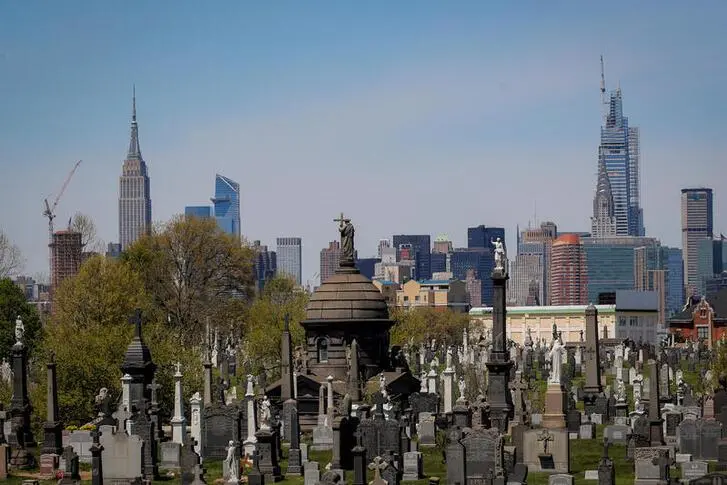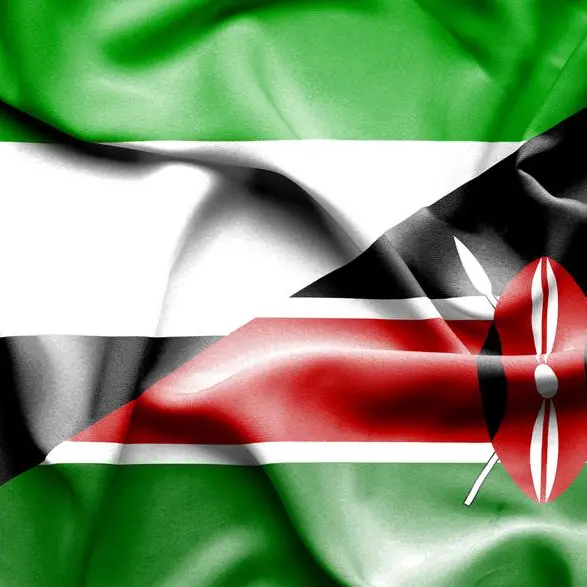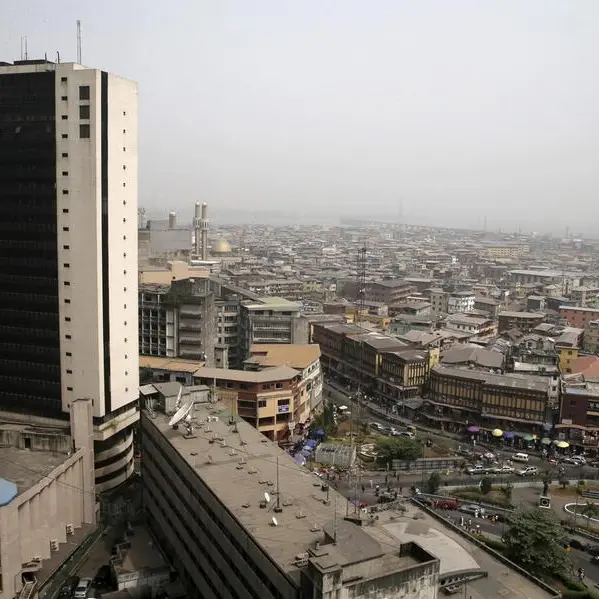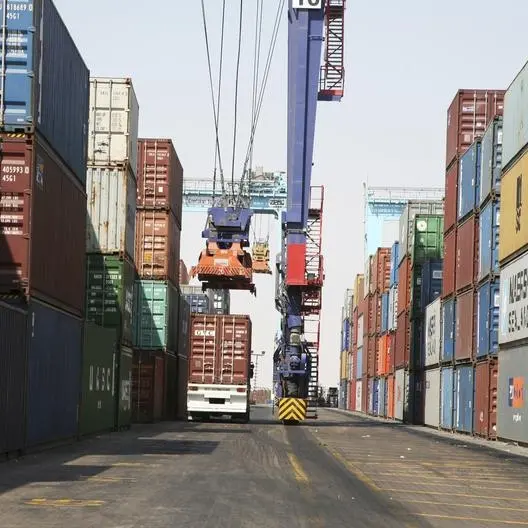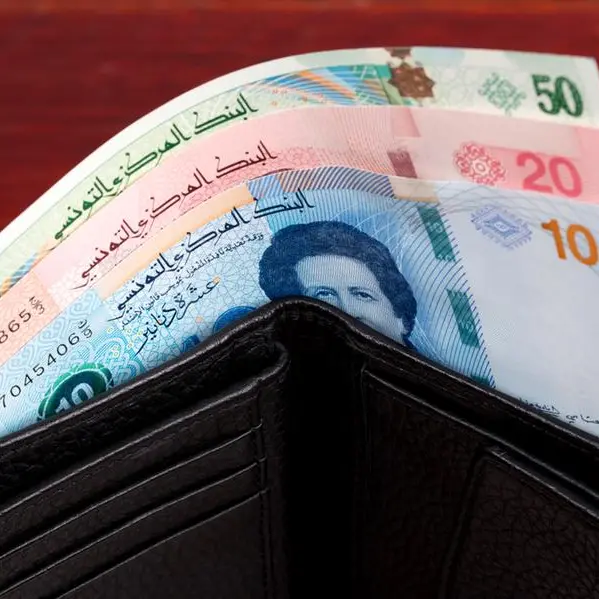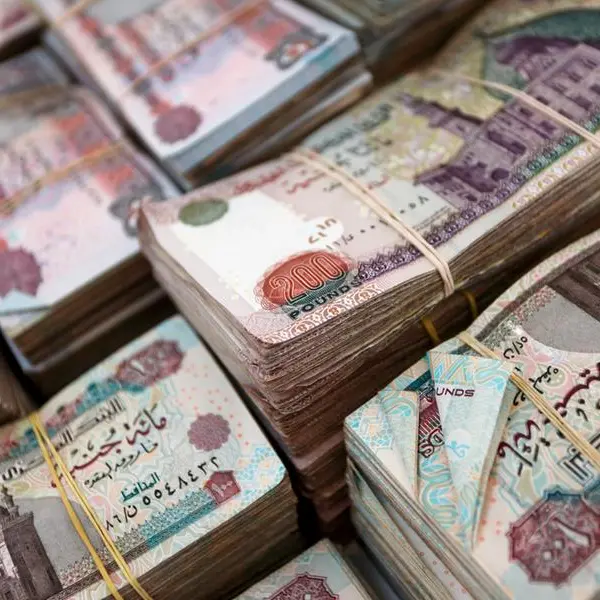PHOTO
US bankruptcy filings in 2020 are on a trajectory to surpass those in 2009, which was when the full impact of the financial crisis hit corporate America. By mid-August, 157 companies with liabilities exceeding $50 million had filed for Chapter 11 bankruptcy protection.
The worst-hit sectors were energy and retail. Over the last decade US shale companies were a testament to the US’s entrepreneurial spirit and agility. On the other hand, they are also highly leveraged. The oil price fell due to the unprecedented collapse in demand when the coronavirus disease (COVID-19) pandemic hit the global economy. In April, West Texas Intermediate (WTI) went briefly into negative territory, recovering since then to a level between $40 to $42.5 per barrel. It is an old wisdom that if leverage is high and revenue falls off a cliff, debt service becomes the issue. This was the case for more than 30 companies this year, including Chesapeake, Diamond Offshore drilling and McDermott, which together stood for more than a whopping $31 billion of debt.
It was not only oil and gas which were hit — retail and leisure businesses shared a similar fate. The retail space underwent a huge structural shift due to the surge in online business, which turned many companies with physical stores and the associated rental costs unprofitable. Seventeen big retail companies and fashion retailers filed for bankruptcy last year. This year, 29 out of this group have so far gone down that road, the most high-profile names being Lord & Taylor, Brooks Brothers, Neiman Markus and JCPenney. This comes as little surprise, because they had to shutter their stores for months and lost a whole season. Like in so many other sectors, the pandemic accelerated the trend — from physical to digital and from in store to online business. It is also a sign that our high streets, like our economies, will look very different once we emerge from the pandemic.
The situation does not look better in the hospitality sector, where restaurant owners like DC-based Matchbox Restaurant Group, which were forced to close down in the second quarter, needed to adhere to social distancing rules thereafter, which severely dug into their outlook on profitability.
Like Thompson Hospitality, which stood in the wings to acquire Matchbox, there are myriad of companies currently “bargain hunting” distressed competitors, others also tried to capitalize on the new wave of bankruptcies. Levi’s, for instance, is looking to snap up competitors like Lucky Brand despite its net revenue having declined by 62 percent. Big oil is eager to find bargains from the deluge in the shale space. Whenever there are losers, there are also winners. The economy is pretty Darwinian — nowhere more so than in the US.
While this all looks like an interesting intellectual exercise, real world livelihoods are affected. The statistics above focused on companies of a certain size, but smaller companies have much less wherewithal to survive economic ups and downs. A look at the corporate debt models of major lenders is enough to prove that point. In an economic downturn, they all attest to a higher likelihood of survival for bigger companies than smaller ones.
This feeds directly into unemployment statistics, because SMEs are the biggest employers across the globe. Goldman Sachs estimates that 25 percent of people registering for unemployment in the US since the pandemic will remain so. This is important for an economy that depends on domestic consumption as its main driving force, especially when unemployment benefits will run out sooner or later.
So much for the US, where companies have the option to file for bankruptcy and reinvent themselves. Elsewhere bankruptcy procedures are a lot more complicated and onerous, which means that it will take longer for companies to go under, but they will still face that challenge in the long run.
As companies move from a liquidity crunch to an insolvency crisis, what has unraveled in the US will move to Europe and beyond. Expect more bankruptcies and also expect unemployment rates to rise.
On an annualized basis, the US economy shrank by 32.9 percent in the second quarter, and in the eurozone it was 12.1 percent on a quarterly basis. These numbers stand for rising unemployment rates and dwindling consumption, which has ramifications for the aforementioned sectors and beyond. It will also in the medium term weigh on commodities markets, especially oil. Rising unemployment rates will be reflected in travel because it will become unaffordable for many. Oil, being the ultimate fuel for transport will be impacted by these statistics as well. In other words, the Gulf Cooperation Council economies, where the fortunes are still linked to international oil markets, need to closely watch what happens with regard to liquidity and solvency of companies in major economies.
• Cornelia Meyer is a business consultant, macro-economist and energy expert. Twitter: @MeyerResources
Copyright: Arab News © 2020 All rights reserved. Provided by SyndiGate Media Inc. (Syndigate.info).
